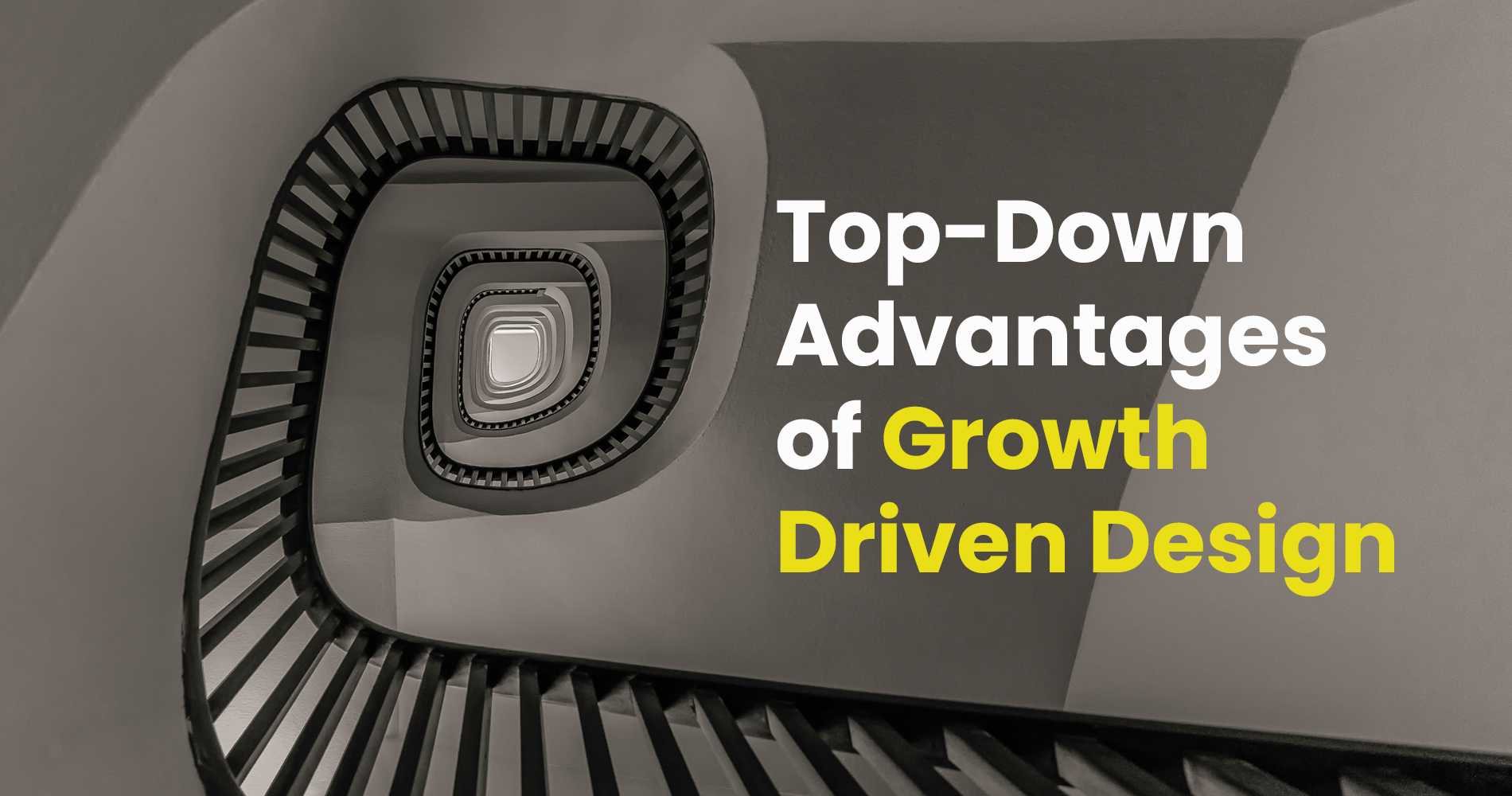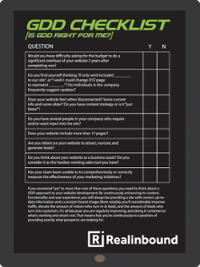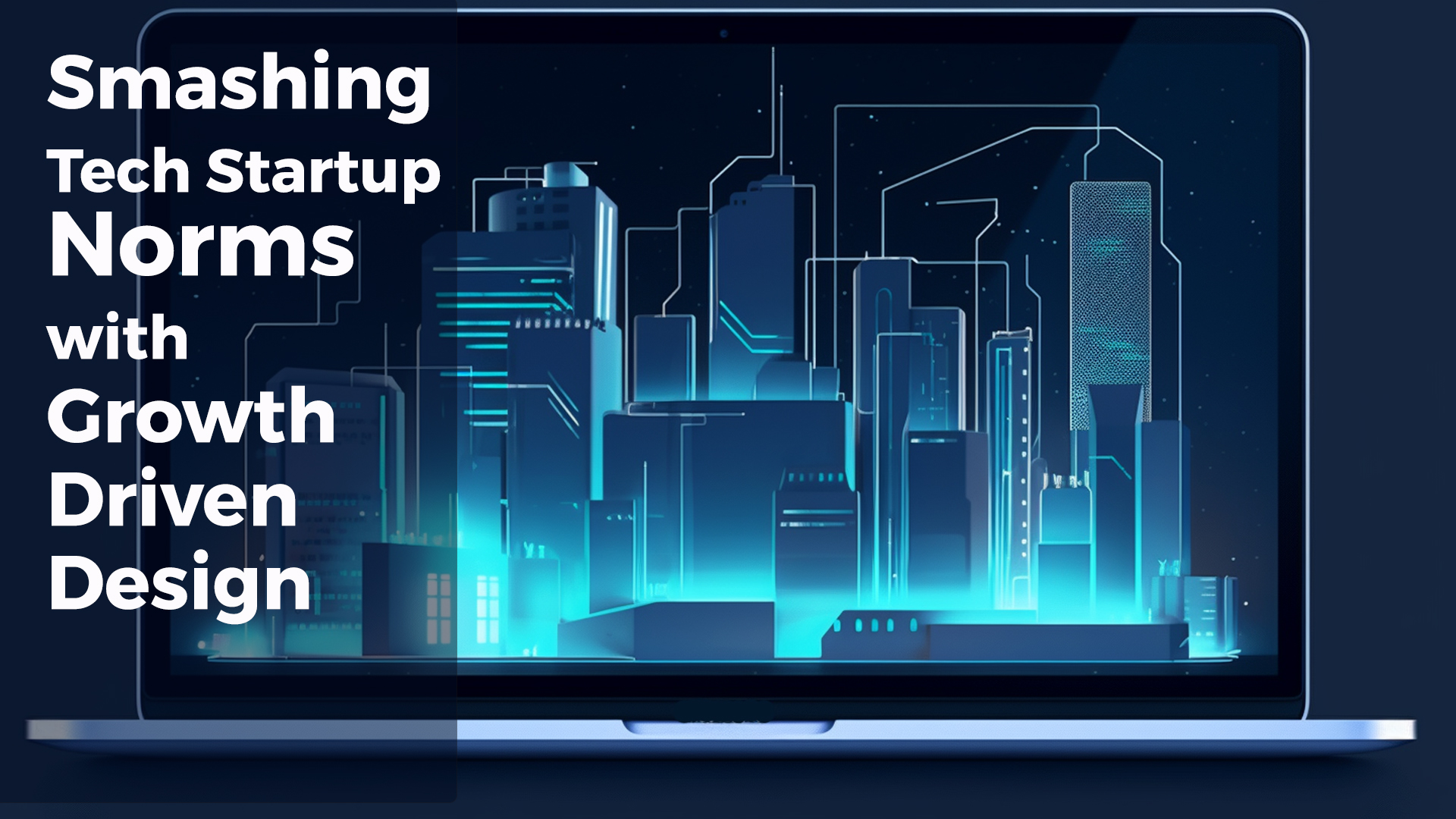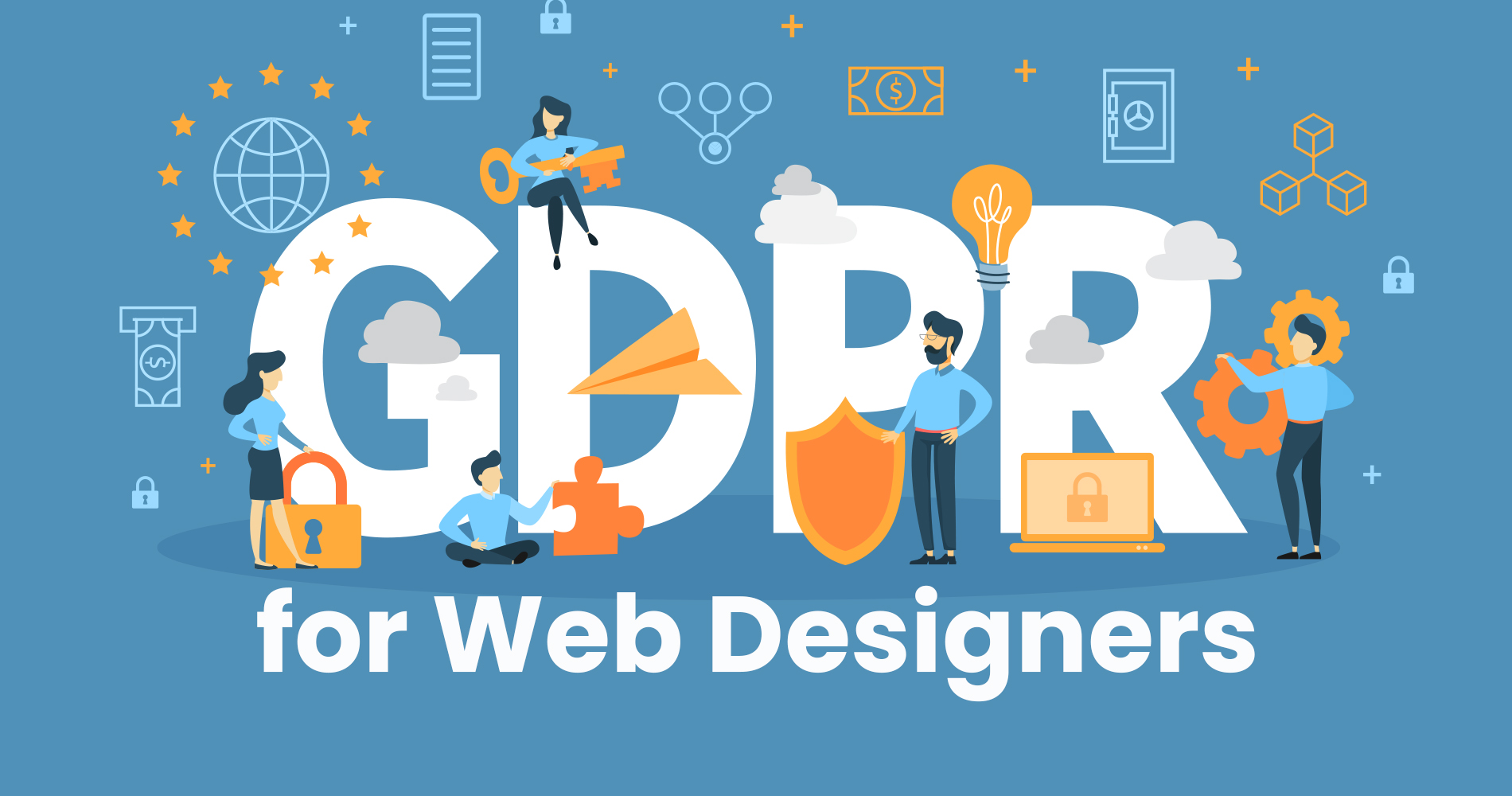In the past, web design used to move at a snail’s pace when it came to producing results. What one thought would be the greatest idea ever usually turned out to be the best way to lose visitors fast because features were built without considering users.
A tremendous number of websites today have a small design team that somehow has the time to make sure all the pages of the site are easy to understand and smooth in user experience. The customers, on the other hand, are always expecting new content which affects sales conversions. Aiming at meeting both ends of this story is often difficult as it strains budgets and deadlines, which end up creating a bad user experience (UX).
However, the growth-driven design goes beyond standard website tactics and it also facilitates lean and agile approaches to produce real results. This can be achieved by creating practices that are easy for your team to feel comfortable with so that you can get quick feedback from early adopters to learn how to improve earlier versions of the product.
How Can Grow-Driven Design Help You?
Before any user experience improvements have been made to a site, it's crucial to think through what exactly the current website needs to succeed. In the first step of growth-driven design (GDD), a strategy must be formulated, analysing customers, setting business goals, and identifying design challenges. A clear set of objectives is set out in this stage so that everyone is clear about the project goals, enabling future reevaluations to be avoided.
Second, we need to create a launchpad website, a basic web page that can be quickly launched, but that still represents an improvement over the current one. The plan prioritises improvements, according to the site's strategy and objectives, targeting those areas of the site where extra efforts will have the greatest impact. This is where the 80-20 rule comes into play, identifying the 20% of features that offer 80% of the benefits.
Finally, based on the information gained from the launchpad website, we will incrementally improve the site to better facilitate customer needs and drive leads and conversions. As the website continuously evolves, the initial objectives outlined in the website strategy are achieved by repeating these analyses and improvements.
The Benefits of Growth-Driven Design
Rapid Implementation
A major advantage of GDD websites over their more traditional cousins is the speed at which you can have a new look site up and running. A basic site with only the business-critical elements implemented will be able to collect data and start bringing people in much faster than websites that do everything.
Faster Data Collection
One of the reasons that Growth-Driven Design is a great approach to take when planning a site launch, is that it helps you gather customer data quicker than with other methods. Not only can you see how they are interacting with your site, but you can begin identifying which elements of your basic launchpad site are working well or not, as well as see where users are converting to refine what you're developing next.
By contrast, the traditional development approach would require you to wait until your site is launched before adding all the functionality, while Growth-Driven Design allows you to optimise your website more quickly and identify what areas will require improvement in future development sprints.
Continuous Improvement
When it comes to designing a website, having flexibility based on changing needs is important. That's why Growth-Driven Design focuses not just on the look of the site at launch but on how to refine the process moving forward.
The GDD approach is based on a continual stream of improvements after launch, which is kick-started by refining the process as more data becomes available. It is similar to how a rocket ship feels in flight. Therefore, you should always aim at refining your website plan instead of setting forth rigid deadlines that not only put pressure on us designers but also hobble the flow of information between all the team members of your project, hindering transformation and innovation.
Customer-Centric Design
Growth-driven design is a user-centered approach to web design. It is a cross-disciplinary process that involves user research, prototyping, testing, and iteration. Growth-driven design is a customer-centric approach to design. It keeps the role of the customer at the center of the development process. In addition to being able to collect customers' data quicker, the growth-driven design allows you to add additional functionality and improve your launchpad site based on that data.
To design to meet the needs of your customers, you can focus on the areas that are more likely to generate new business for your company, and increase revenue.
A Closer Relationship Between Developers And Designers
A big difference between GDD and traditional web design is the idea of continual optimisation. When a traditional web design project is finished, both the development and design teams often move on to another project almost immediately, not being involved in future improvements to the site. With Growth-Driven Design after the launch of a new website, developers continue to work with designers for months or years to come, creating new functionality once launched to enhance user experience. This results in more frequent communication about bugs and issues faced because everyone is working on the same thing - people working together as a team.
Budget Flexibility
The budget for launching an online presence for your business is something you probably think about quite a lot, but how often do you check how it affects your marketing and sales results? GDD offers more flexibility in terms of what you can prioritise and spend more on - whatever brings the best results. It's worth remembering that the purpose of the website is not to get you a website. It's meant to help draw in customers, who then convert. The website is supposed to support these activities - rather than be a result in and of itself. How much trust do you have that your current approach will yield successful ROI?
In Growth-Driven Design, you first build a launchpad website, and then do additional work afterward, instead of buying an entire website, which can be very expensive. By choosing what to invest in based on the predicted cost-effectiveness of what you do, you can stay on top of your budget.
Be A Step Ahead of The Competition
The traditional approach to website design involves a lot of major changes, during the transition from one updated site to the next. This normally leaves them behind on any important industry trends that are happening at the time. Growth-Driven Design makes it so that websites are always one step ahead on what's new and trending, and therefore outdo their competitors. Website evolution is ongoing as technical influences and customer expectations evolve as well. Allowing for continuous implementation allows you to stay ahead in this challenging and rapidly changing market! This can save clients thousands of dollars each year in avoiding redesign costs and lets you do more with their digital assets - thus maximising their ROI!
The growth-driven design (GDD) is a powerful method that gives businesses the flexibility to develop their online endeavors. It also eliminates several issues with traditional methods of web development such as upfront costs, slow development cycles, and difficulties adapting to new technologies. The GDD approach is a solid investment for your next website endeavor and Real Inbound invites you to cross the bridge between traditional web design methods and GDD by calling us today.





